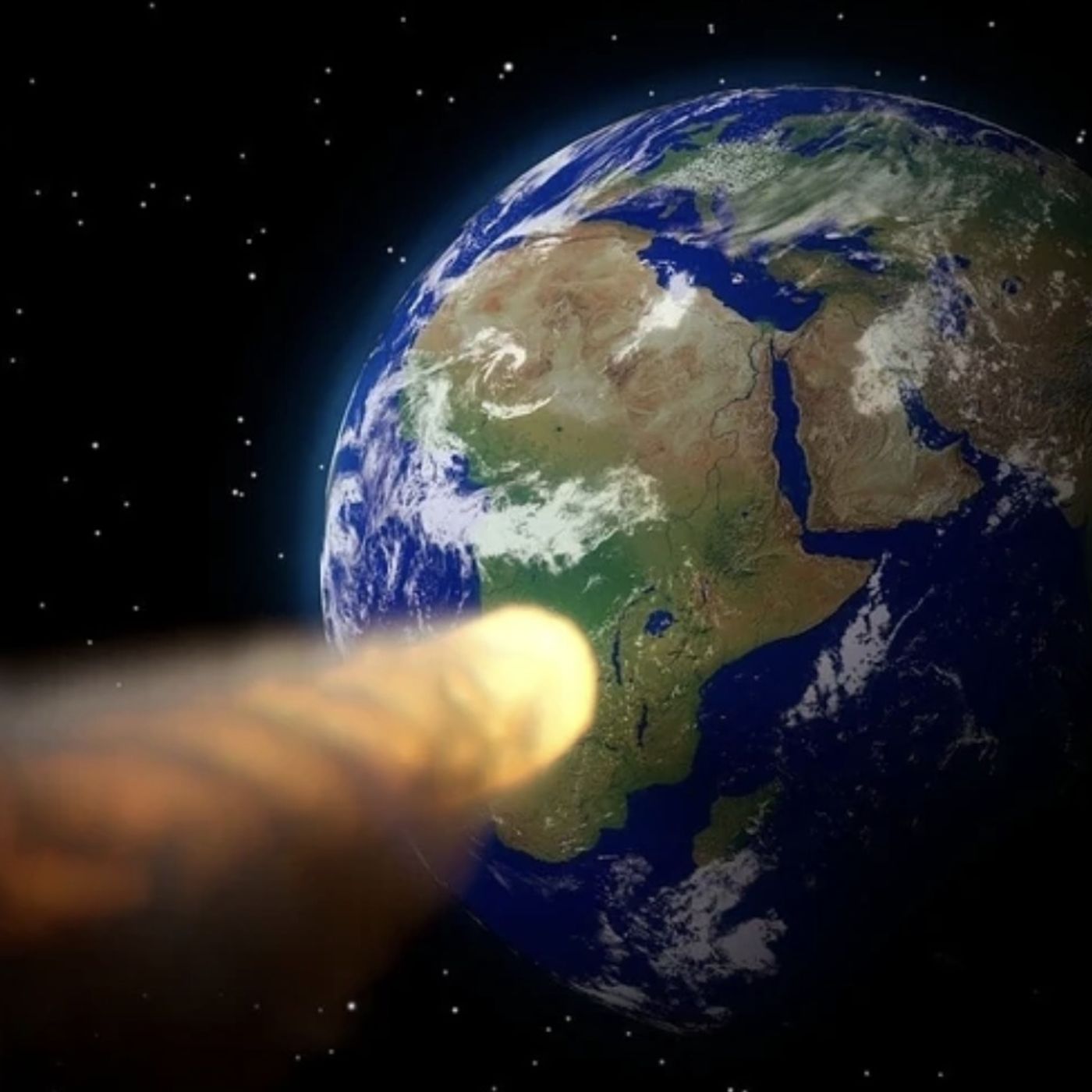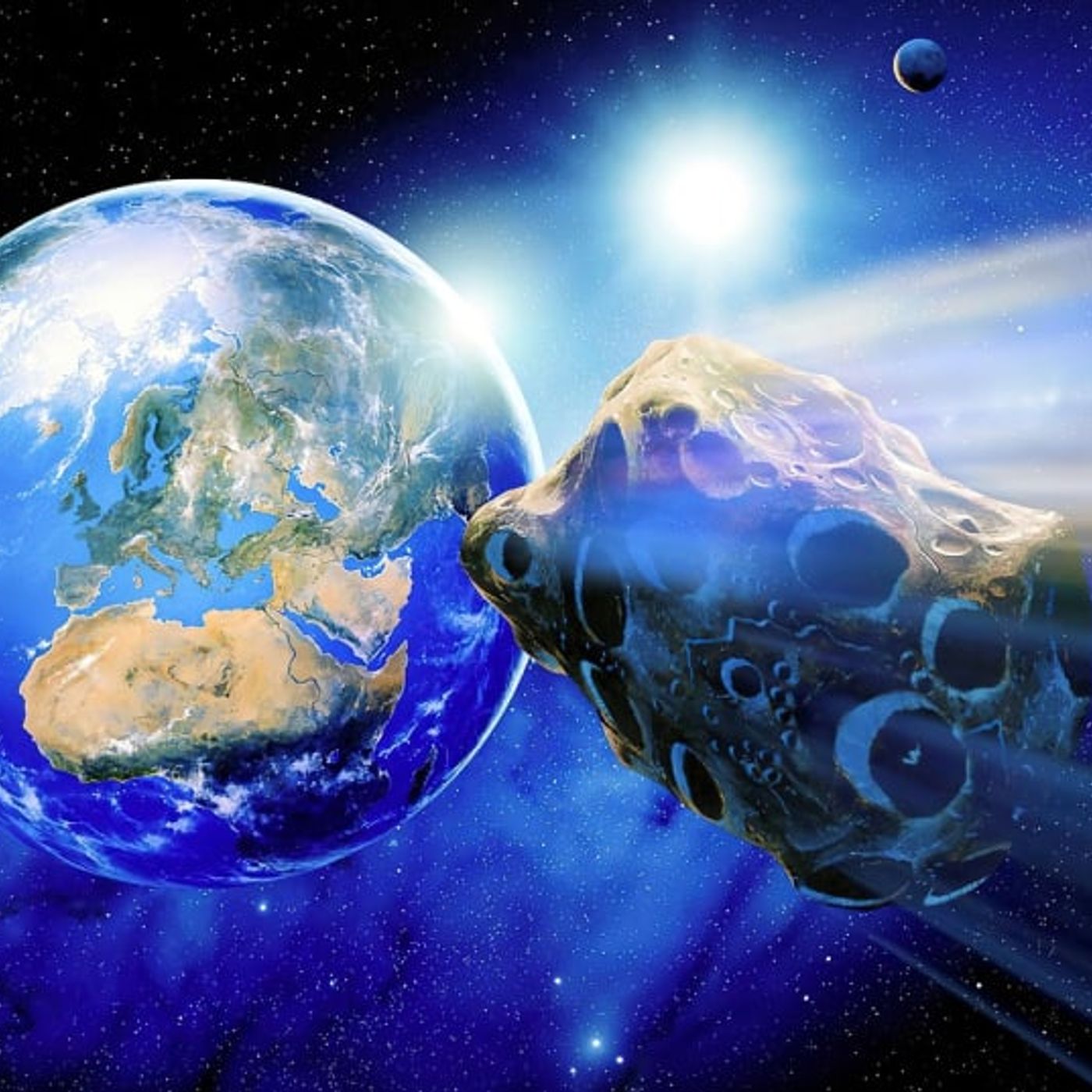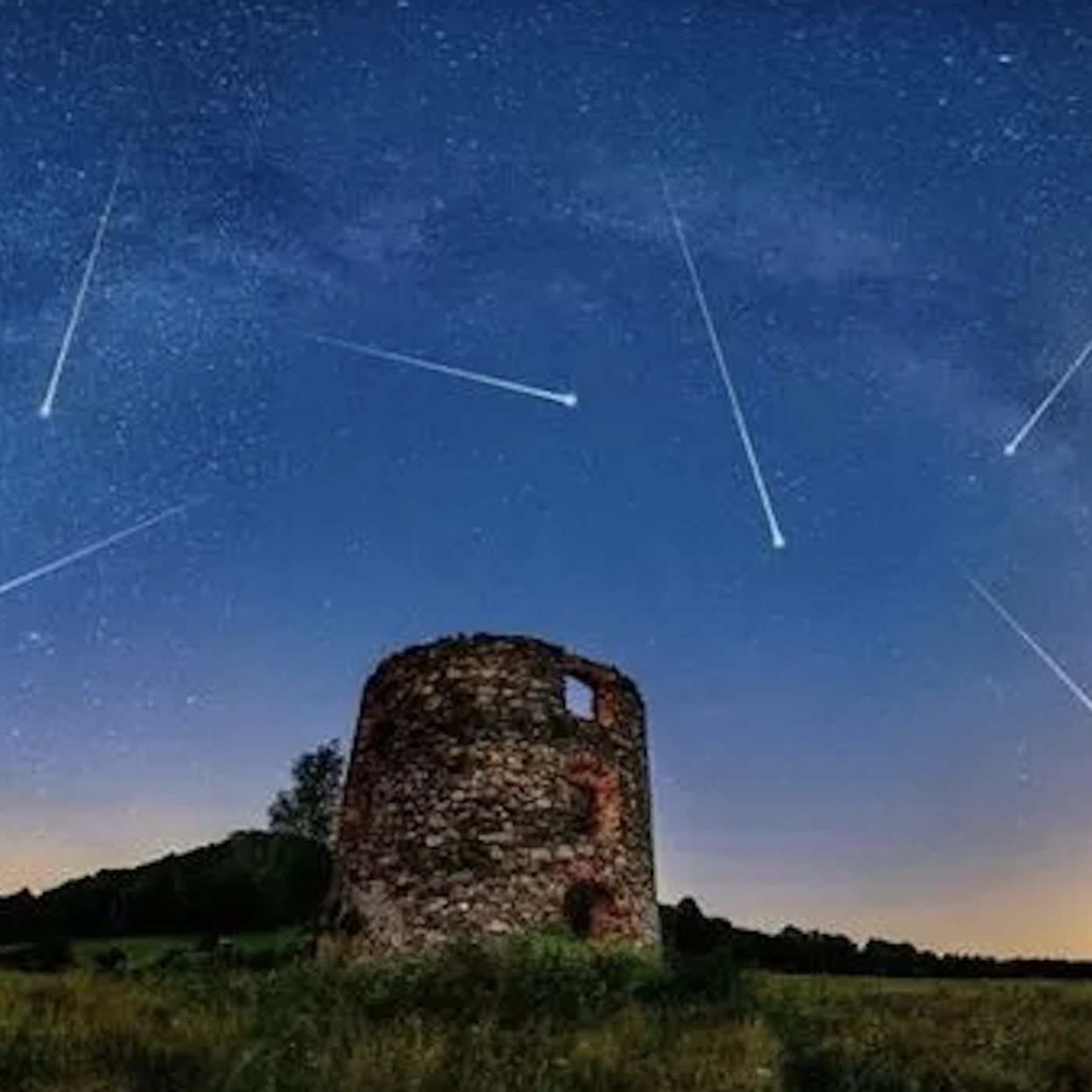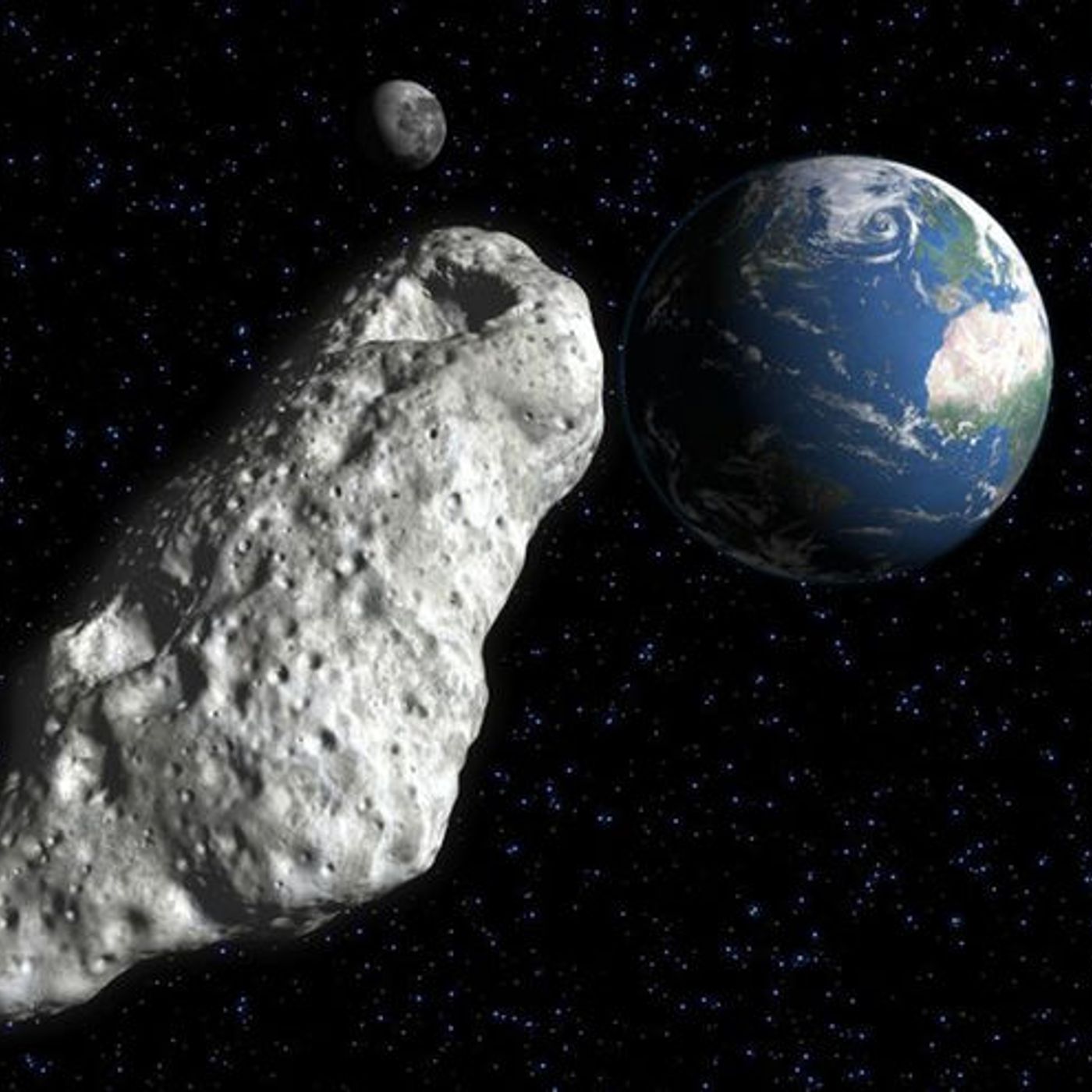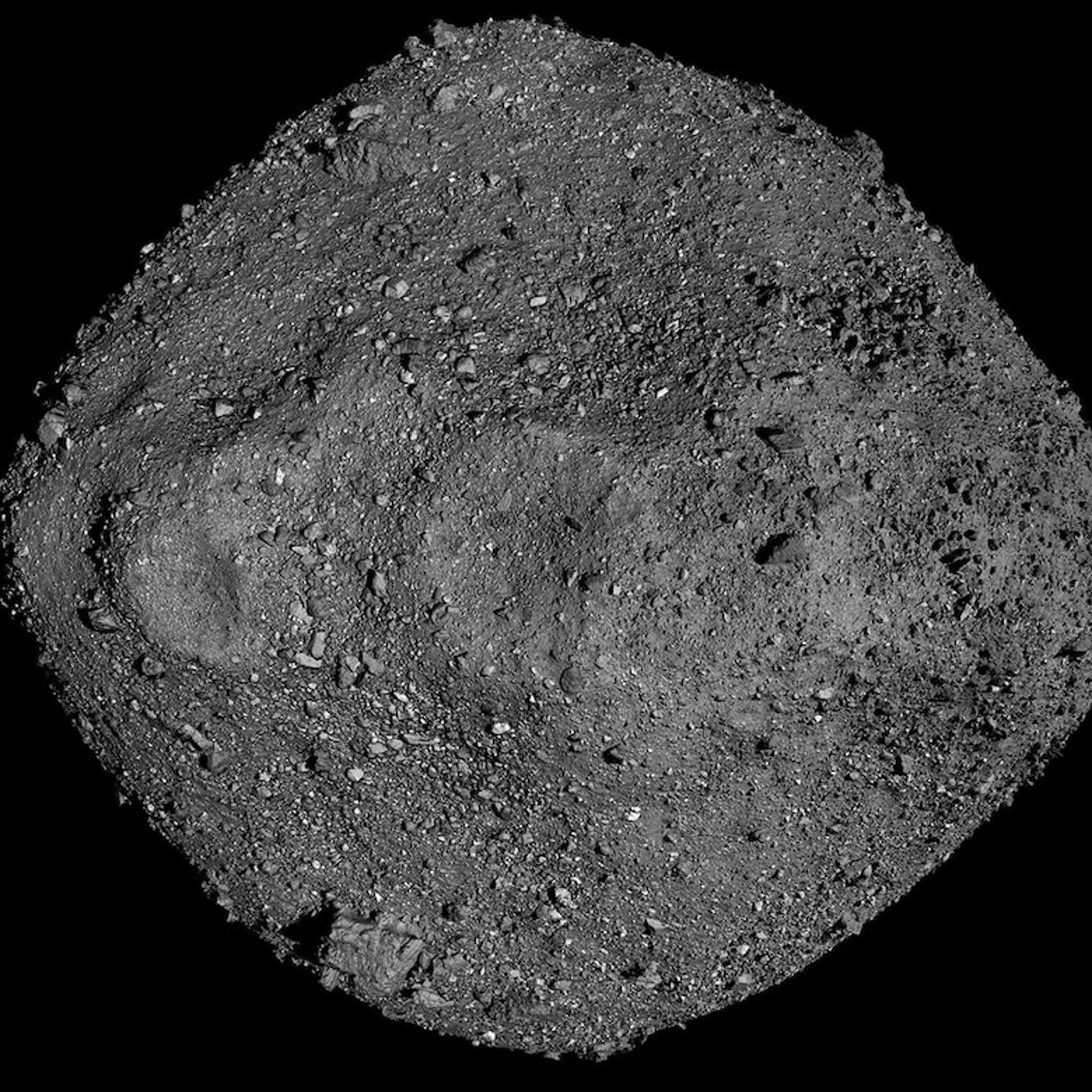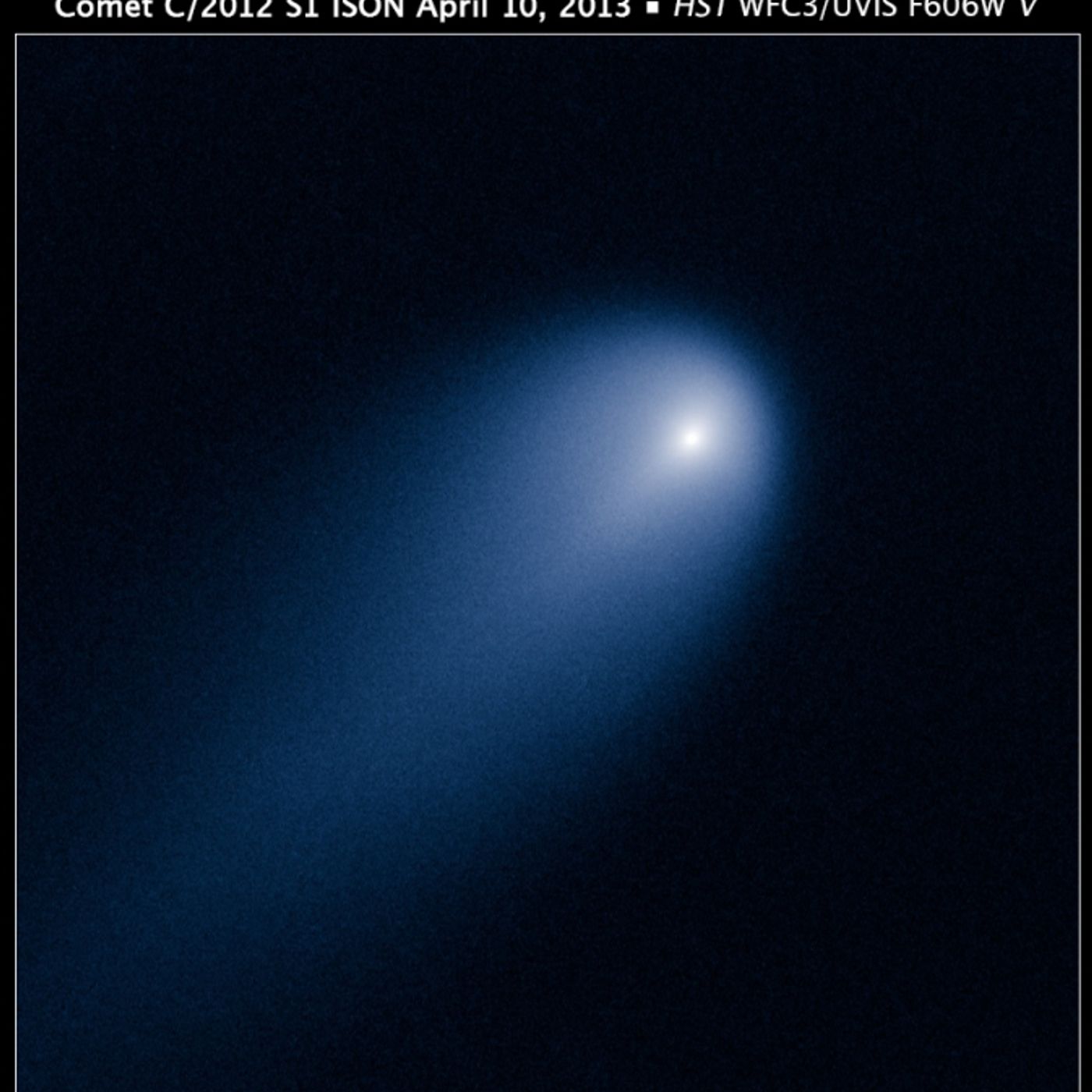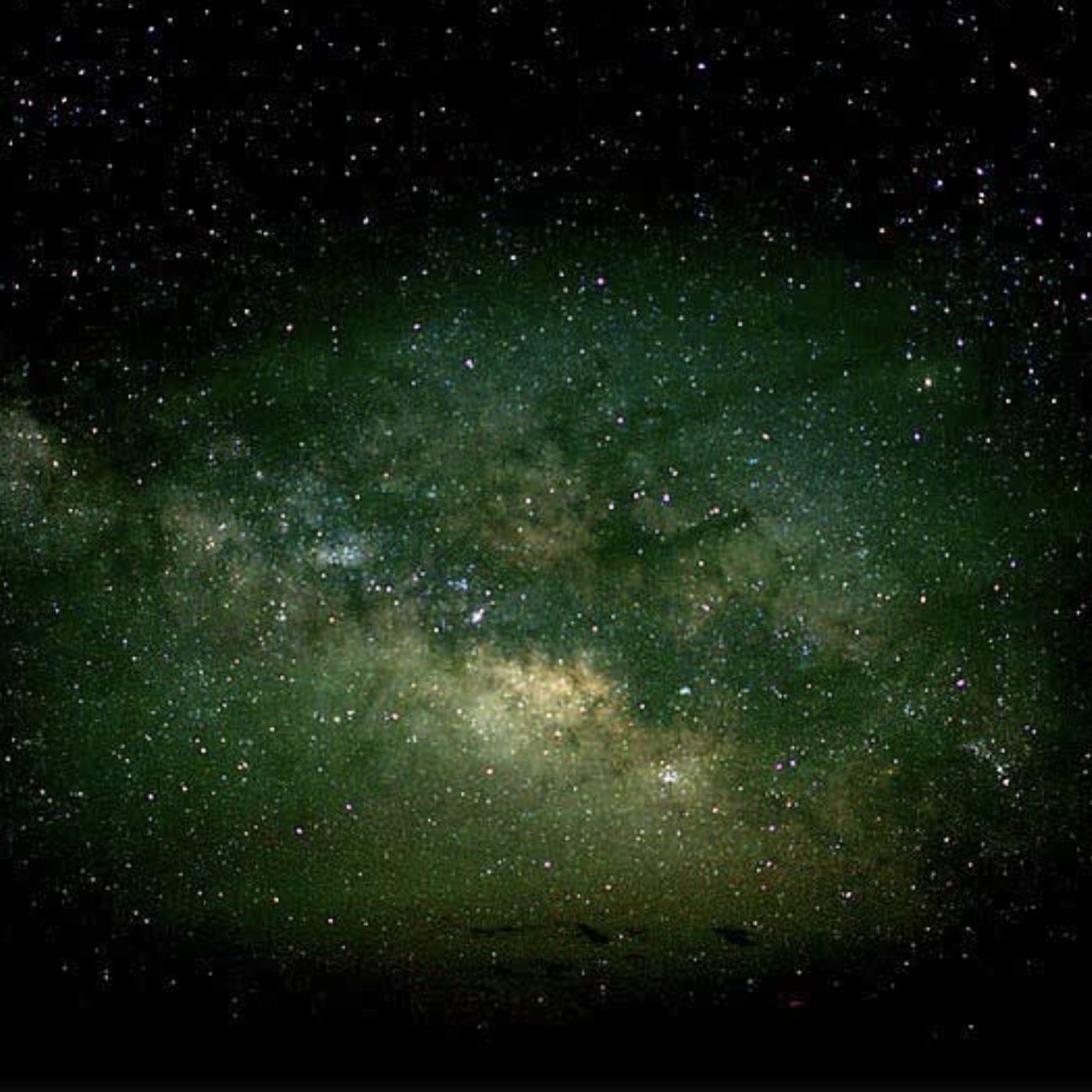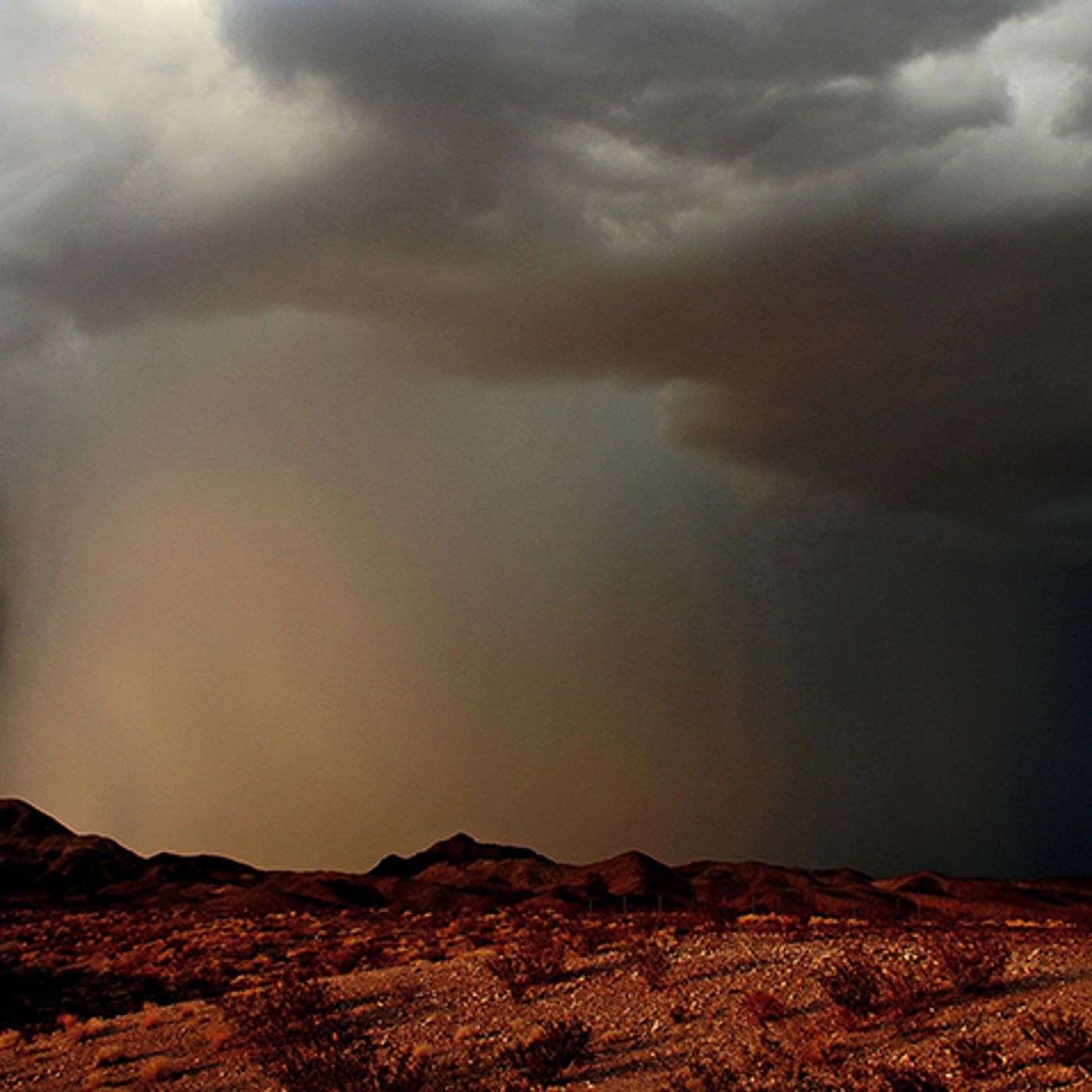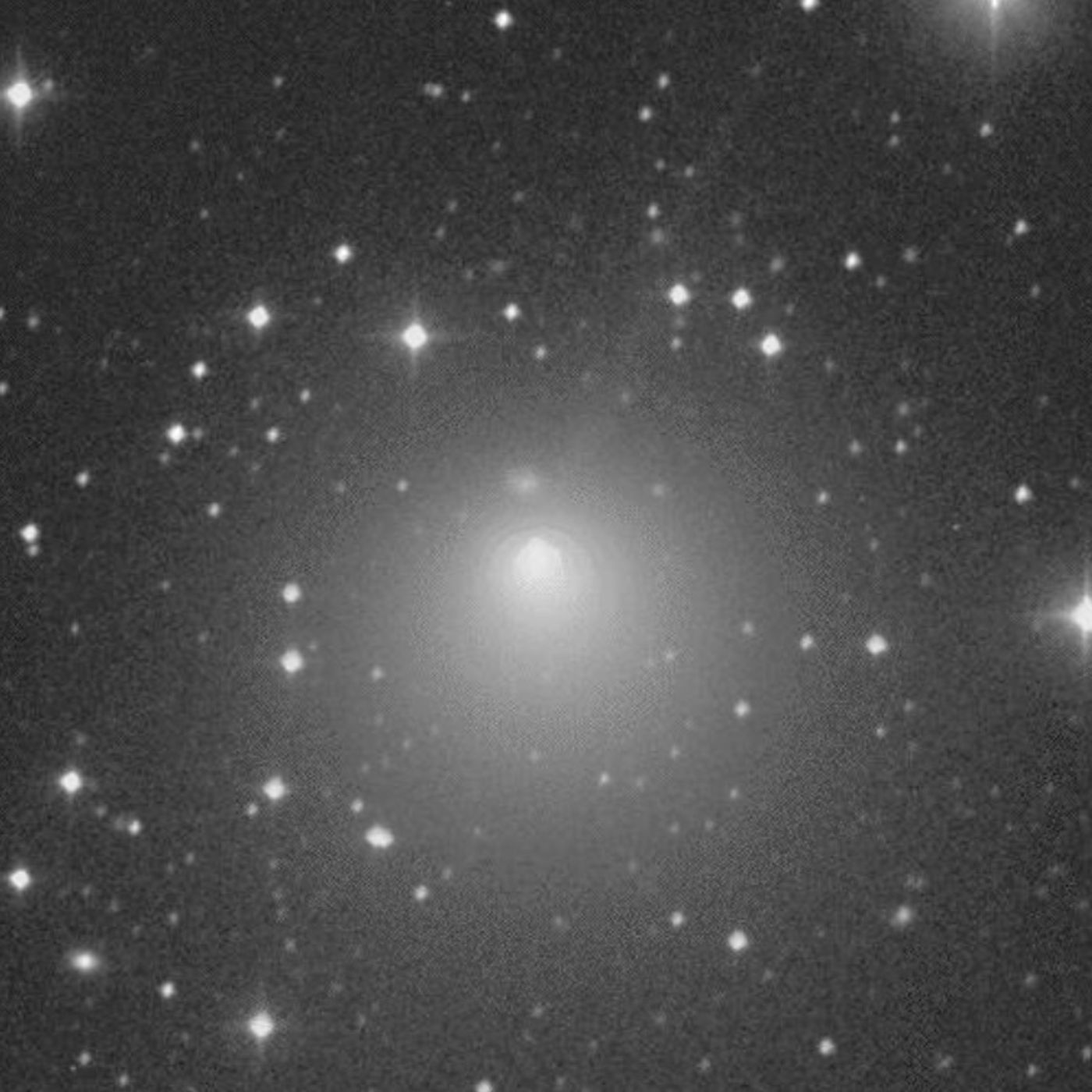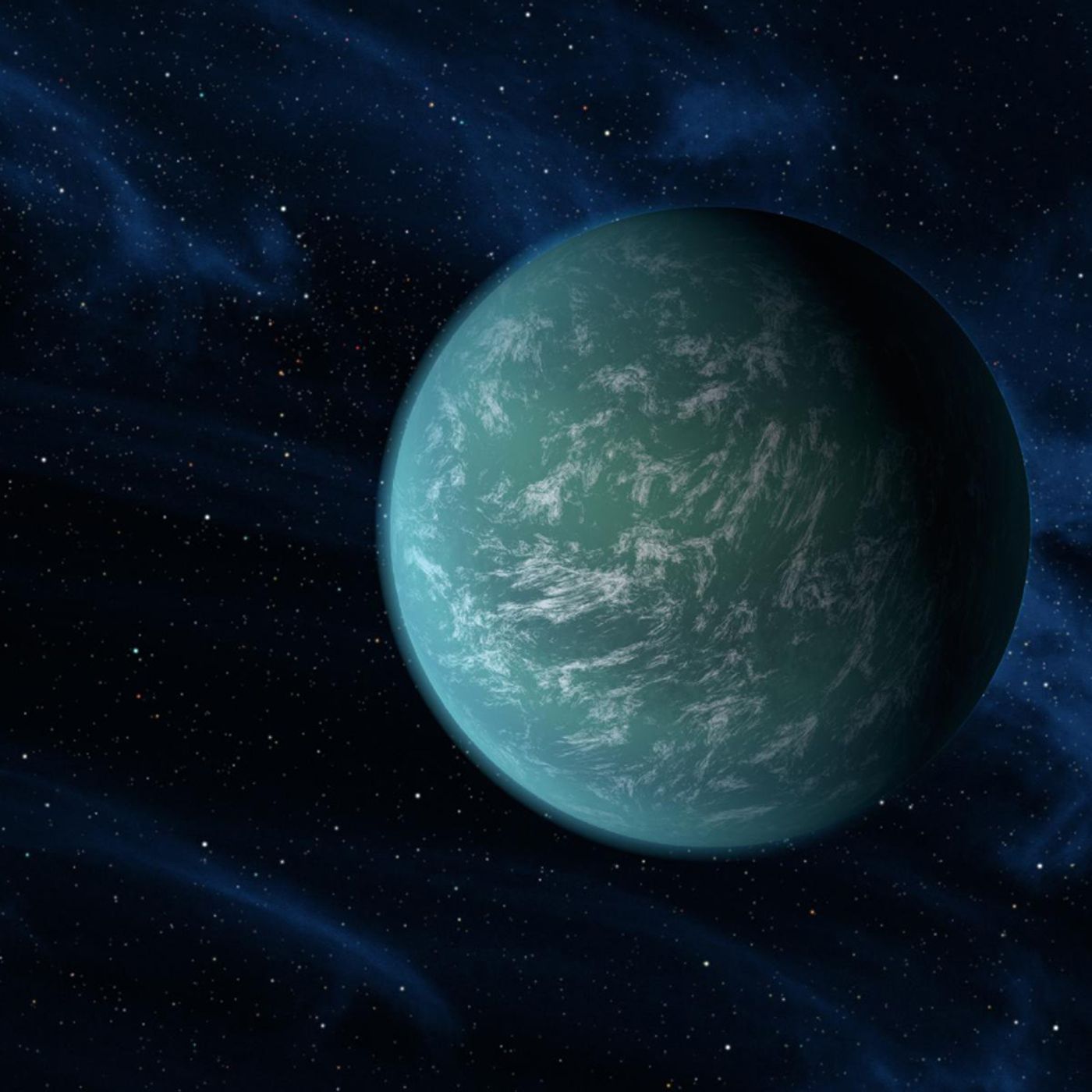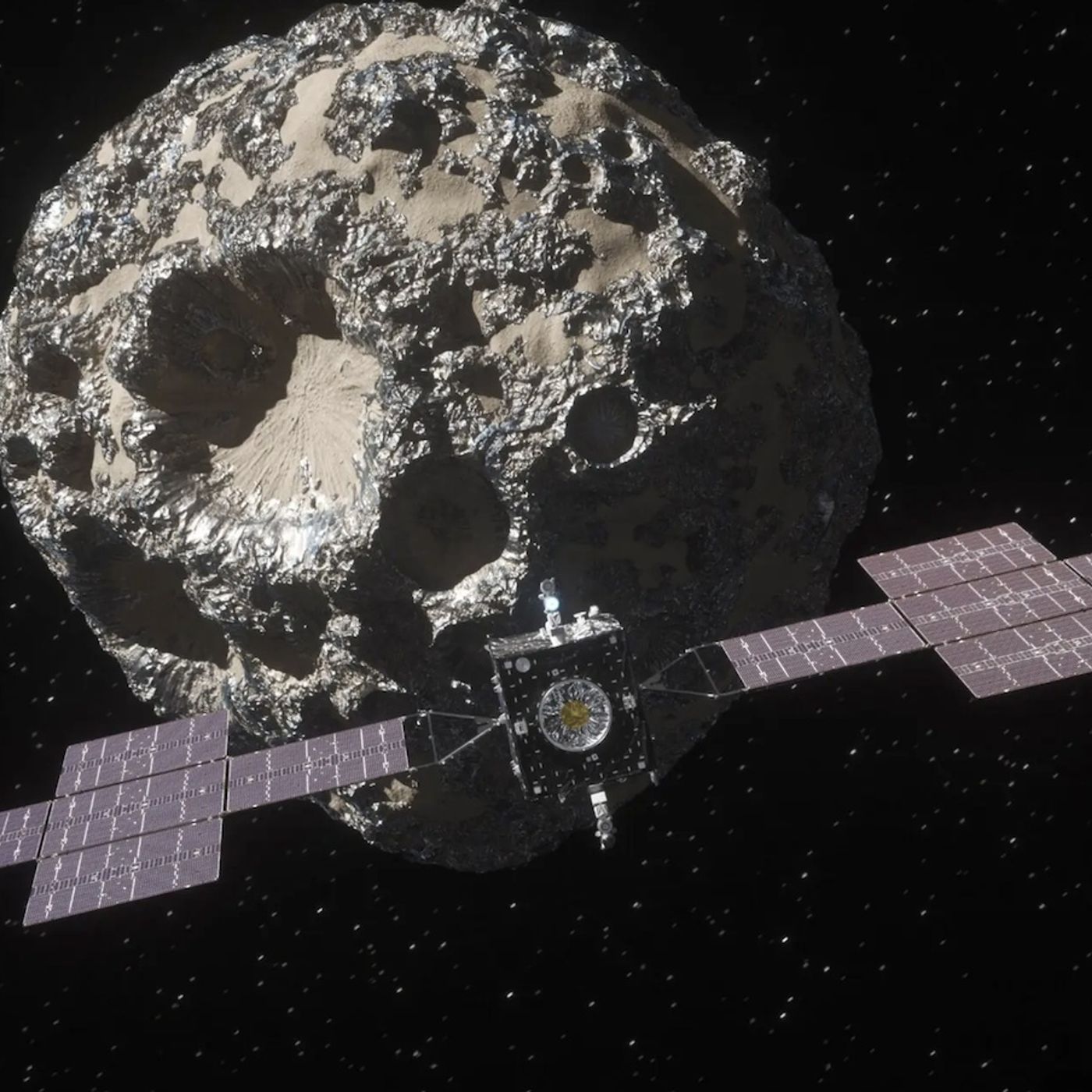Discover Travelers In The Night
Travelers In The Night

Travelers In The Night
Author: Albert D. Grauer
Subscribed: 136Played: 6,853Subscribe
Share
© Albert D. Grauer
Description
A real "Science Snack" for anyone who is interested in the extraterrestrial.
Dr. Al Grauer is a member of the Catalina Sky Survey which has led the world in near Earth asteroid discoveries for 17 of the past 19 years.
The music is "Eternity" by John Lyell.
Astronomy Asteroids Space NASA Comets Earth Impact Aliens
Dr. Al Grauer is a member of the Catalina Sky Survey which has led the world in near Earth asteroid discoveries for 17 of the past 19 years.
The music is "Eternity" by John Lyell.
Astronomy Asteroids Space NASA Comets Earth Impact Aliens
1072 Episodes
Reverse
During a recent 3 night observing run my Catalina Sky Survey teammate Rose Matheny discovered 4 asteroids which can come to less than one half the Moon's distance from us. Interestingly one of them passed about 25,000 miles over the South Pole 2 days after Rose discovered it. Rose's four close approaching asteroids are small ranging in size from 15 to 60 feet in diameter. None of them are big enough to reach the Earth's surface and make a crater. However, the largest is about the size of the one whose air blast shock wave injured nearly 1500 people when it exploded over Chelyabinsk, Russia in 2013 .
Perhaps the most dangerous Amor asteroid is 2006 HZ51 .It was discovered by my team the Catalina Sky Survey. Fortunately the closest 2006 HZ51 will come to our home planet is June 11 of 2116 when it will pass us harmlessly 26 times the distance to our moon away from us.
Recently in the space of 28 hours my Catalina Sky Survey teammates Rose Matheny and Carson Fuls discovered two Potentially Hazardous Asteroids to add to the list of the more than 1700 which asteroid hunters have discovered. Fortunately, none of the Potentially Hazardous Asteroids are currently on a collision course with planet Earth.
P/1999 J6 (SOHO) was discovered 10 May 1995 by Mike Oates as part of the Citizen Science Sun Grazer Project in which volunteers from all over the world have the chance to discover a comet in images taken by the Solar and Heliospheric Observatory or SOHO for short.RADAR studies of the daytime Arietid ( AIR-ee-uh-tids) meteor shower stream which peaks every June 7 indicates that P/1999 J6 (SOHO) could be one of the potential parent objects.
More than 240 Lunar meteorites have been found in the Dhofar region of Oman, on the LaPaz Icefield of Antartica, and other locations on the Earth's surface. These space traveling rocks were blasted from the Moon's surface by the impact of asteroids and comets which accelerated them to speeds greater than the lunar escape velocity of 1.5 miles per second. Subsequently these interplanetary travelers in the night orbited the Sun for an extended period of time before entering our atmosphere and falling to Earth. We know these meteorites are from the Moon because they contain mixtures of atoms which are found on the Moon but not in Earthly rocks.
It all started when Krisztián Sárneczky at the Konkoly Observatory near Budapest, Hungary reported the position and brightness of an unknown asteroid rapidly moving through the constellation of Lynx. Three hours later , the object, now called 2024 BX1 exploded harmlessly in our atmosphere
Comets are made up of organic materials and ices of various substance which are left over from the formation of our solar system 4.6 billion years ago. When the gravity of a nearby star or other object changes one of these dirty snowball's orbit, its path can bring it into the inner solar system and thus near enough for the Sun to affect it and for us to study what is going on.
My new Catalina Sky Survey Teammate Vivian Carjaval was scheduled for three 13h long winter nights for her first solo observing run on our Schmidt telescope on Mt. Bigelow, Arizona. As luck would have it she couldn’t observe the first night because of high winds and blowing snow, while on the second night she was treated to lots of clouds under a bright moon, however, on the third night the Universe treated her to a clear night and sent two unknown Earth Approaching asteroids her way.
Anyone who thinks women can't do computers and science needs to meet my Catalina Sky Survey teammate Rose Matheny. On a recent 3 night observing run at the 60 inch telescope on Mt. Lemmon, Rose took over the world of asteroid hunting when she posted 82 new potentially Earth approaching objects on the Minor Planet Center's NEO Confirmation Page. For the next several days telescopes around the world obtained additional data on Rose's discoveries. When the dust settled 29 of Rose's discoveries were proved to be Earth approaching objects, 32 are other asteroids which don't come near enough our home planet to be interesting, and the rest need more data to figure out what they are.
My Catalina Sky Survey teammate Josh Hogan was asteroid hunting in the constellation of Taurus with our 60 inch telescope on Mt. Lemmon, Arizona when he came across a very curious object. It has an orbit like an ordinary main belt asteroid. However, amazingly it has a tail extending some 19,000 miles out from a few mile diameter central object.
I knew from the short regularly space streaks on the four images I had just obtained with the Catalina Sky Survey's 60 inch on Mount Lemmon, Arizona, I was looking at the path of an Earth approaching object. Turns out, this previously unknown object, is an unusual Aten astrtoid in that its orbit is inclined 38 degrees to the path of the Earth around the Sun. It's high relative speed is caused by the fact that our paths intersect at a large angle making it similar to two vehicles coming together on intersecting highways.
In 1924 the Aldo Leopold Wilderness in southwestern New Mexico became the first designated wilderness and is an island from which to view the natural night sky. Today, because of inappropriate night lighting, the vast majority of children will never see the Milky Way, a meteor streaking across the sky, or have the opportunity to walk around at night by the light of the stars.
C/2016 Q4 (Kowalski) is my Catalina Sky Survey teammate Richard Kowalski's 14th comet discovery. It orbits the Sun once every 68 years on a cold path between Saturn and Neptune.
In 2024, Voyager I is 163 times further from the Sun than we are and is the most distant, human made, traveler in the night.
In the southwest, the life giving monsoon rains occur in July and August, divide the observing year into two halves, and give asteroid hunters a chance to do major equipment maintenance and upgrades. My Catalina Sky Survey teammates Richard Kowalski and Rose Matheny started the new observing season after the monsoon weather began to taper off using our 60 inch telescope on Mt. Lemmon and 30 inch Schmidt telescope on Mt. Bigelow respectively. Richard and Rose were given a three night clear break in the weather during which they were able to discover a dozen new Earth approaching asteroids.
My Catalina Sky Survey teammate Alex Gibbs discovered his 31st comet while asteroid hunting in Leo with our 60 inch telescope on Mt. Lemmon, Arizona. It orbits the Sun once every 6 years on a path between Mars and Jupiter. Comet P/2023/Y1 (Gibbs) is one on the 600 plus known members of the Jupiter family of comets.
Astronomers at the European Southern Observatory in Chile have discovered a rocky Earth like planet orbiting Proxima Centauri, the star nearest to our Sun. The planet named Proxima b is about 1.3 times more massive than Earth, orbits it's dim red star every 11 days, and may always keep the same side towards it's sun. Attention grabbing is the fact that Proxima b is at the right distance from it's sun to allow for liquid water on it's surface.
Unlike other space missions which are conducted out in the open the asteroid mining company AstroForge’s first mission to a potentially valuable nearby rocky M type asteroid is being planned in secret so that some other company doesn’t have the chance to grab it before they do.
In 2015 the Earth was struck by at least 43 meteoroids which created bright fireballs. Their arrival does not seem to be correlated with the position of the Earth in it's orbit about the Sun.Overall a given piece of ground on Mars is several times more likely to be hit by a space rock than is a similar sized area on Earth.
So far asteroid hunters have discovered approximately half of the 5,000 PHAs which are likely to exist. Asteroid hunters will continue to search the sky to discover dangerous asteroids 50 years before impact so that humans can either deflect or pulverize them.


